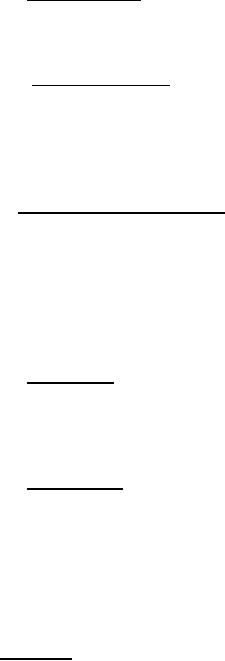 |
|||
|
|
|||
| ||||||||||
|
|  MIL-T-62491C
3.5.81 Frame structure. A welded steel frame shall be provided for the telescoping boom.
The frame shall be internally or externally gusseted to withstand rated capacity loads imposed by
the boom over the rear of the truck and to withstand side loads from the end of the boom.
3.5.8.2 Boom construction. The boom shall be designed, engineered and constructed of
materials that are conducive to the configuration and maximum performance requirements
specified herein. Hydraulic lines and other associated parts which are fastened to or inside the
boom shall be positioned for inspection, maintenance and replacement and shall have maximum
protection against damage.
3.5.9 Forward mounted outriggers. Except on size 5T and 7T, telescopic hydraulic
outriggers shall be attached to the frame structure of the wrecker or shall be incorporated in the
construction of the wrecker, one at each side, at the forward end of the body. Outriggers shall be
adjustable for varying ground distance. The outriggers shall be positioned such that the legs make
an angle with the ground surface of approximately 35 degrees. The outriggers shall be positioned
on the wrecker in close proximity to the point of pull of a side load (near the side hooks). Each
leg shall have a ground pad of not less than 387 cm2 (60 square inches) in surface area.
3.5.10 Rear spades. Unless otherwise specified (see 6.2), hydraulically operated rear spades
shall be furnished, except on size 5T and 7T. The spades shall be provided with removable or
folding feet for use on paved surfaces. The spades shall be installed to resist rearward movement
of the wrecker when pulling with a cable from the rear.
3.5.11 Lift-tow load. Without the use of counterweights, the wrecker shall have sufficient
front end curb weight to provide the lift-tow load specified in line "b," table X, with not less than
one half of the front axle curb weight maintained on the front axle. The actual lift-tow load
capacity shall be determined as follows: one half the front axle curb weight of the wrecker
multiplied by the wheelbase of the wrecker and divided by the distance to the lift-tow position as
defined in table X. The wrecker shall be capable of lifting the front of the wrecker off the ground
by use of a load in the lift-tow position, without any damage to the truck wrecker.
3.5.12 Wheel-lift. For sizes 5T, 7T and 20T, and when specified (see 6.2) for size 25T, a
wheel-lift/towing device for towing automobiles, light trucks and vans shall be furnished.
Size 20T wheel-lift shall also be capable of towing medium duty trucks. Size 25T wheel-lift also
shall be capable of towing heavy duty trucks and buses. The wheel-lift shall be capable of lifting
and securing a towed vehicle by its wheels for damage-free transport. The wheel-lift shall have a
frame, a lifting arm, a cross-bar and two wheel restraints. The lifting arm shall be hydraulically
powered for raising, lowering, extending and retracting under load. The lifting arm shall be
hydraulically powered to raise, lower and tilt up and down underload. The cross-bar shall be
34
|
|
Privacy Statement - Press Release - Copyright Information. - Contact Us |